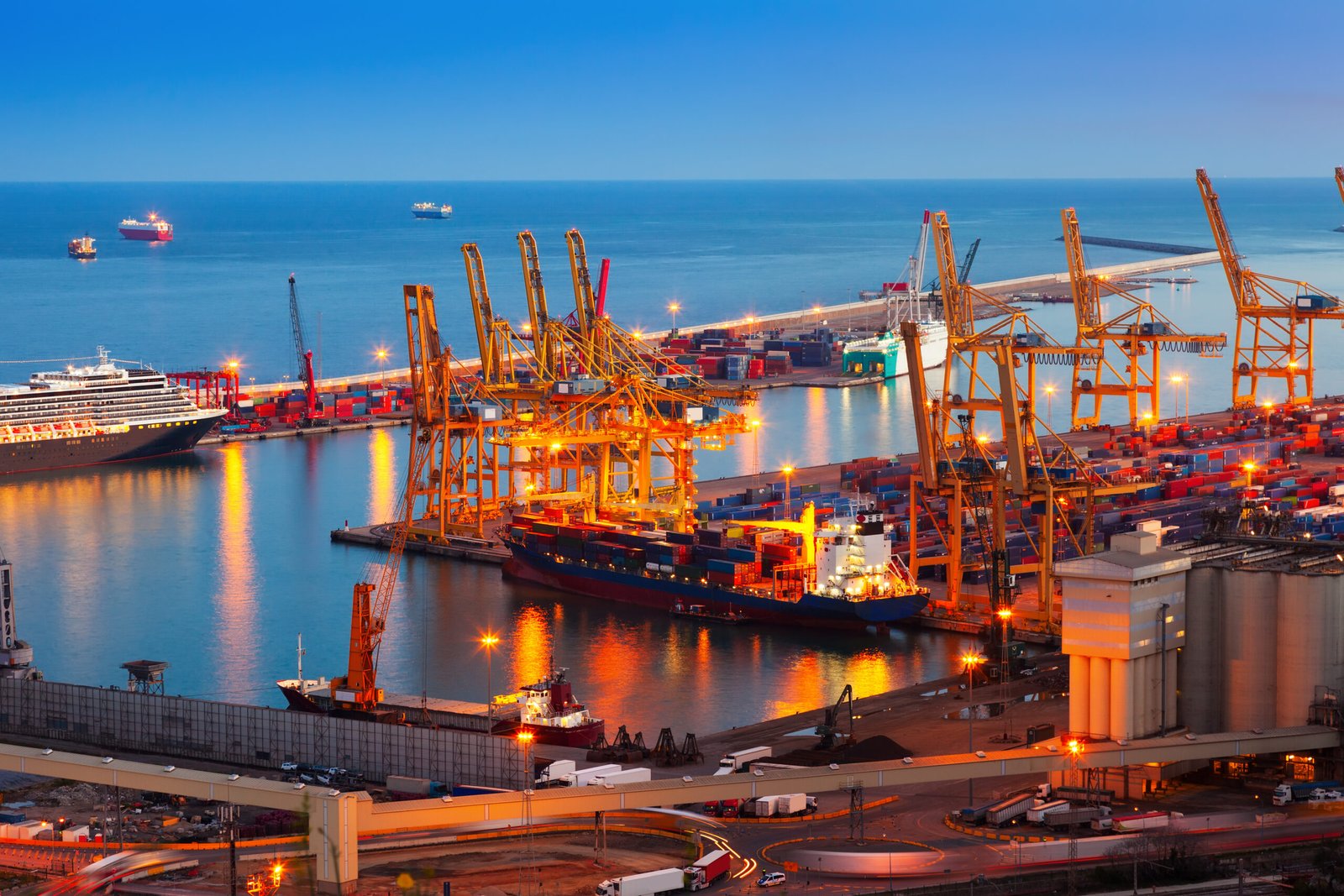The logistics industry is at a pivotal moment. As global trade becomes more interconnected and consumer expectations grow, logistics management in 2025 is rapidly evolving to keep pace. From AI and automation to green practices and blockchain, here are the ten key trends that are redefining the way goods move across the world.
1. AI-Powered Predictive Analytics
Artificial Intelligence is no longer a buzzword—it’s a game-changer. In 2025, predictive analytics driven by AI and machine learning is empowering logistics teams to forecast demand, optimize routes, and proactively address supply chain disruptions.
Real-world example: AI systems now analyze weather patterns and geopolitical risks to flag potential shipment delays before they happen. That’s smarter logistics in action.
2. Autonomous Vehicles and Drones
Self-driving trucks and delivery drones are no longer science fiction—they’re on the roads (and in the skies). Autonomous logistics is streamlining last-mile delivery, reducing dependency on drivers, and speeding up fulfillment.
Trend to watch: Industry giants like Amazon, UPS, and FedEx are accelerating trials and rolling out autonomous delivery pilots across urban areas.
3. Real-Time Supply Chain Visibility
In 2025, “Where’s my shipment?” isn’t just a question—it’s a standard dashboard metric. Thanks to IoT sensors, RFID, and GPS tracking, real-time supply chain visibility is becoming a must-have.
Leading tools: Platforms like project44 and FourKites are setting the bar for real-time freight tracking, helping companies monitor every move.
4. Green and Sustainable Logistics
Sustainability is no longer optional—it’s mission-critical. Logistics providers are going green with electric fleets, carbon-neutral shipping, and eco-friendly packaging.
Why it matters: With governments enforcing stricter emissions laws and ESG pressure mounting, companies are prioritizing greener operations across the board.
5. Warehouse Automation and Robotics
Speed and accuracy are the new currency of warehousing. Automated picking, sorting, and inventory management are being handled by next-gen robotics, especially Autonomous Mobile Robots (AMRs).
Market movers: Amazon Robotics, Geek+, and Locus Robotics are expanding their footprint in high-volume warehouse operations globally.
6. Blockchain for Supply Chain Transparency
Trust and transparency are crucial in today’s interconnected supply chains. Blockchain is providing tamper-proof records that improve accountability and reduce fraud.
Use case: Especially valuable for temperature-sensitive goods like vaccines or perishables, blockchain ensures every step is recorded and verified.
7. Resilient and Agile Supply Chains
If the past few years taught us anything, it’s that resilience trumps cost-cutting. In 2025, companies are shifting focus from lean to agile supply chains.
Strategic moves: Multi-sourcing, nearshoring, and buffer stockpiling are gaining ground as businesses prepare for the unexpected.
8. E-Commerce-Driven Logistics Optimization
The continued surge in eCommerce, particularly in emerging markets, is pushing logistics providers to be faster, smarter, and more localized.
Emerging trend: Micro-fulfillment centers are popping up in urban hubs to enable same-day or next-day delivery with minimal lag.
9. Digital Freight Matching Platforms
Gone are the days of phone calls and spreadsheets. Platforms like Uber Freight, Convoy, and Loadsmart are digitizing the freight booking process.
Big benefit: These platforms help reduce empty miles, improve fleet utilization, and offer real-time pricing and capacity insights.
10. Advanced Data Security and Cyber Resilience
As logistics tech stacks become more connected, cybersecurity is becoming a top priority. Companies are strengthening their defenses to guard against digital threats.
Security focus: End-to-end encryption, secure APIs, and robust vendor risk management practices are critical to protecting sensitive supply chain data.
Final Thoughts
The logistics landscape in 2025 is dynamic, digital, and driven by data. From automation to sustainability, staying ahead of these trends isn’t just a competitive advantage—it’s a business necessity. Whether you’re a logistics provider, a shipper, or a tech partner, adapting to these shifts will be key to thriving in the new era of supply chain management.

Leave a Reply